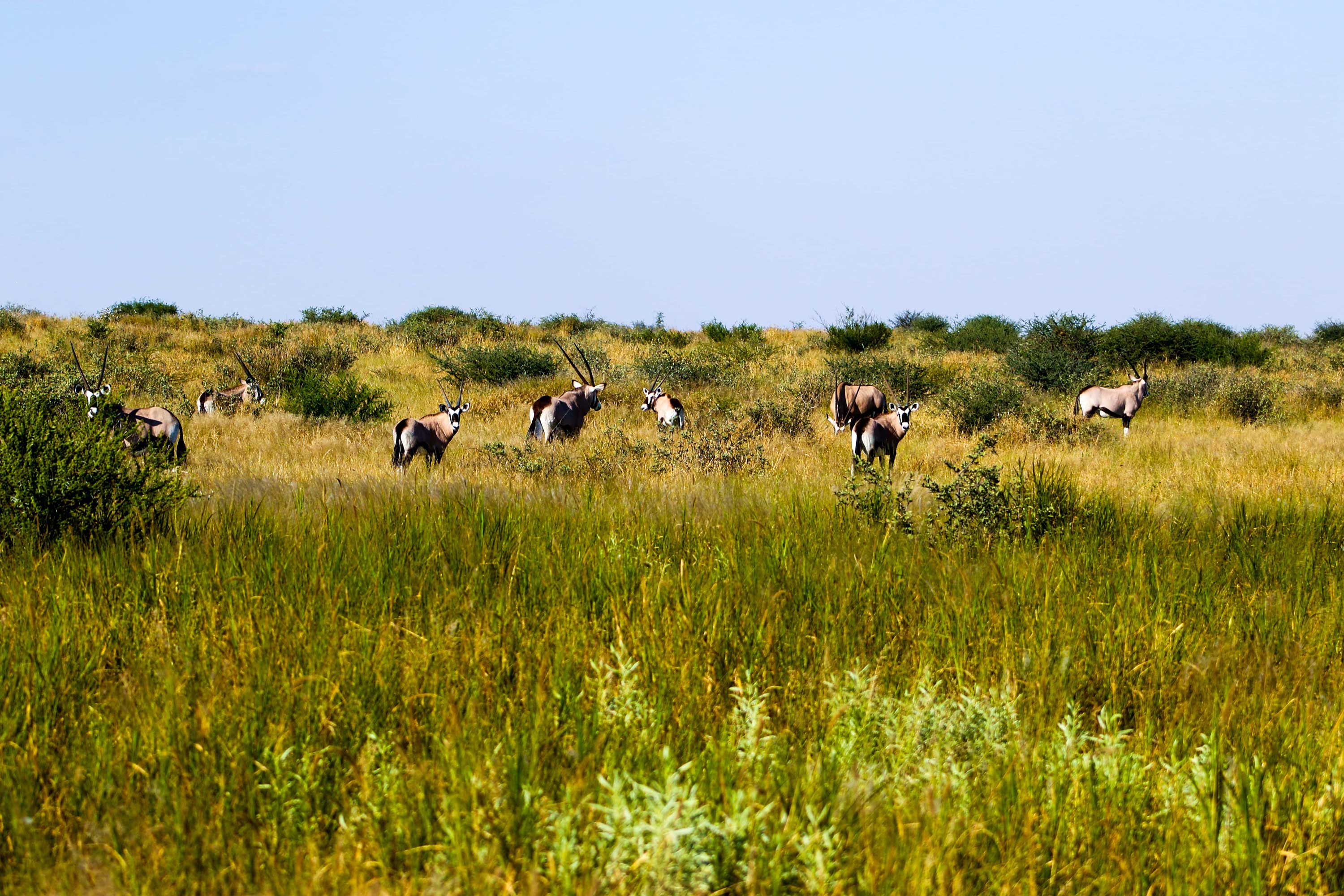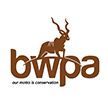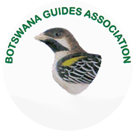With over 200 cattle farms, Ghanzi is considered Botswana's cattle-farming-hub. Ghanzi District is located in the western portion of the country. It includes some of the best cattle ranging land globally, renowned for the high quality, free-range beef it produces.
The district's freehold farms contribute significantly to Botswana's beef industry. Ghanzi farmers provide 75 per cent of the beef that the Botswana Meat Commission (BMC) exports, primarily to the United Kingdom and the European Union (EU). Beef is the third largest industry in the country.
More recently, the destination is now being proclaimed as the 'Gateway to the Kalahari'. Because it lies close to the Gaborone/ Maun/Namibia fork in the Trans-Kalahari Highway. It is a convenient stopover for all destinations.
The Ghanzi community is a conglomeration of ethnic groups – the San and Bakgalagadi (the original inhabitants), the Herero, the Batawana, and the Afrikaaners. They first settled in the area in the late 1800s. Sesarwa is the most commonly spoken language in the district spoken by 33% of the population, followed by Shekgalagadi, Setswana and Herero at 30%, 21% and 10%, respectively, with other languages making 6% of languages spoken in the district.
East of this extensive area of farms lies the vast Central Kalahari Game Reserve (CKGR); and in between lies a 58 kms 'no man's land,' a buffer zone between wildlife and the farms, and between Kalahari predators and livestock.
Several cattle farmers have developed game ranches and wildlife concessions – land allocated near their farms – and tourists come for wildlife viewing, excursions to CKGR. Desert walks with the San people, who share their ancient way of life that masterfully and respectfully exploited the desert's food and water resources.
Some lodges offer up-market accommodation in rondavels or chalets, whilst others allow tourists to experience the traditional way of life of Kalahari hunter/gatherers – sleeping in grass huts, albeit with amenities.
Kuru Traditional Dance Festival
Thirty-five kilometres north of Ghanzi is the small village of D'Kar, home to various extended family groups of Bushman people.
D'Kar also hosts the annual Kuru Traditional Dance and Music Festival in August. The festival is organised by the Kuru D'Kar Trust, part of the Kuru Family of Organisations (KFO, seven in all), which state their goal as promoting San culture.
This Trust also sponsors and promotes the paintings of very gifted San artists, many of whom have exhibited and sold overseas. Nature, and humans' relationship to it, is an over-riding theme in these wildly colourful and imaginative oil paintings. An elderly woman named Dada, recently deceased, was the group's most internationally acclaimed painter.
Another Kuru Family organisation, Gantsi craft, aims to create income generation opportunities for rural dwellers in the district by promoting and marketing (locally and internationally) their arts and crafts. It houses a shop in the centre of Ghanzi. It offers quality, authentic San arts and crafts, including ostrich eggshell jewellery and belts, hunting sets, fire sticks, leather items, carvings, and traditional musical instruments.












